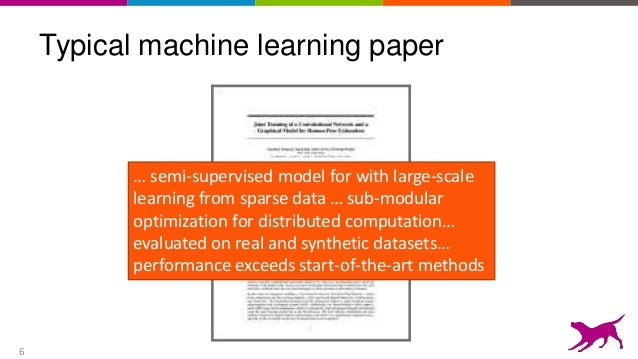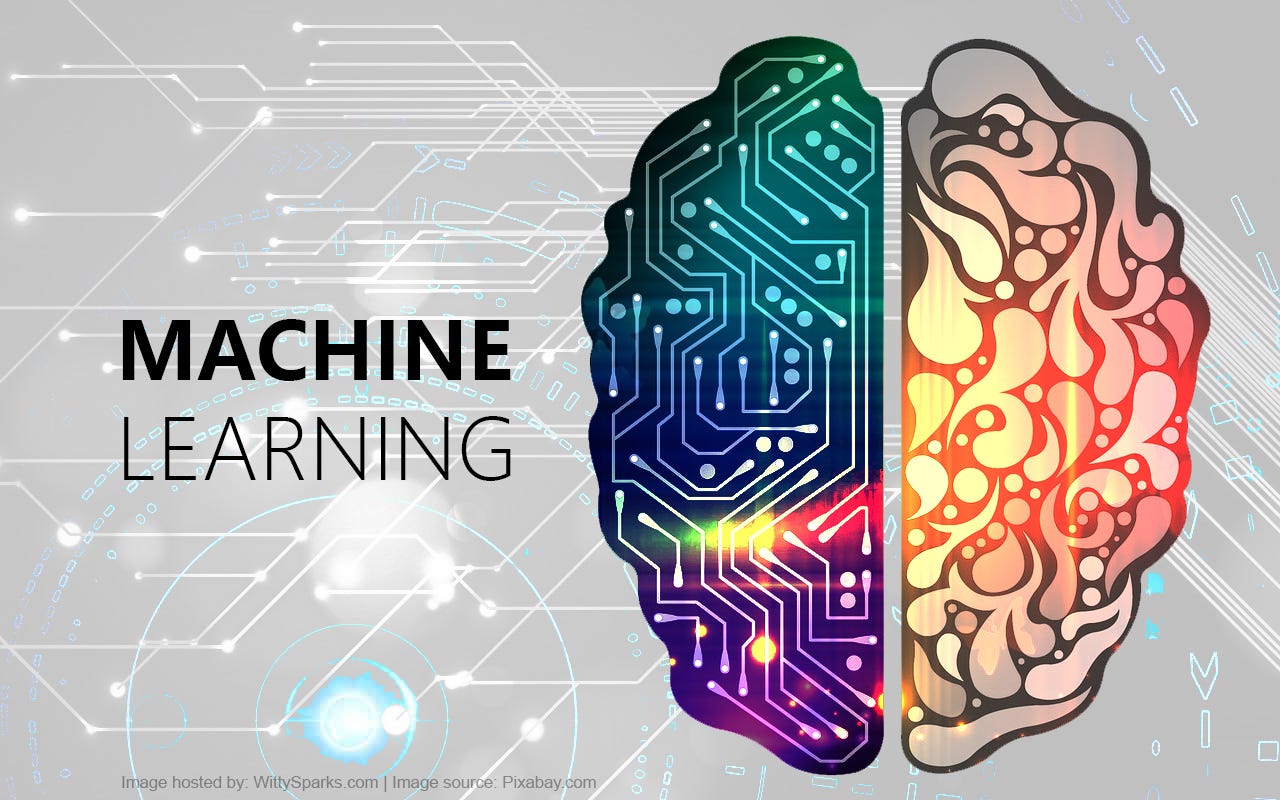Machine Learning Papers For Beginners

Imagine stepping into a vast library, its shelves overflowing with countless books. Each promises a journey into a new world, but where do you even begin? This is akin to how many feel when first approaching the field of machine learning, a domain teeming with research papers, each offering insights but potentially overwhelming to newcomers.
This article serves as a friendly guide, highlighting a few key machine learning papers that are generally considered accessible and foundational for beginners. We'll explore these seminal works, offering a stepping stone to understanding core concepts and paving the way for deeper exploration into this fascinating field.
The Classics: Laying the Groundwork
Before diving into complex models, it's crucial to grasp the fundamentals. Several papers provide a clear understanding of essential algorithms and techniques.
"A Few Useful Things to Know About Machine Learning" by Pedro Domingos
This paper, published in 2012, is a highly recommended starting point. Pedro Domingos, a renowned computer scientist, distills the essence of machine learning into twelve key lessons. He presents these lessons in an accessible manner, avoiding excessive mathematical jargon.
It's an excellent overview of the challenges and opportunities in the field.
Understanding Decision Trees: "Induction of Decision Trees" by J. Ross Quinlan
Decision trees are among the simplest yet most powerful machine learning algorithms. J. Ross Quinlan's work on decision tree induction, particularly his 1986 paper, is a cornerstone in understanding this method.
This paper clearly explains the ID3 algorithm, a foundational approach to building decision trees from data. Understanding decision trees provides a solid base for grasping more complex tree-based models like Random Forests and Gradient Boosting.
Getting Started with Neural Networks: "Learning representations by back-propagating errors" by David E. Rumelhart, Geoffrey E. Hinton, and Ronald J. Williams
While neural networks have evolved significantly, the 1986 paper by Rumelhart, Hinton, and Williams remains pivotal. This paper introduced the backpropagation algorithm for training neural networks.
Backpropagation is a fundamental concept for understanding how neural networks learn. Although the mathematics may seem daunting at first, many online resources and tutorials break down the process into manageable steps.
Beyond the Basics: Expanding Your Knowledge
Once you've grasped the fundamentals, you can start exploring specific areas of interest. Here are a couple of papers that introduce important concepts in different subfields.
Support Vector Machines: "A Training Algorithm for Optimal Margin Classifiers" by Bernhard E. Boser, Isabelle M. Guyon, and Vladimir N. Vapnik
Support Vector Machines (SVMs) are powerful algorithms for classification and regression. This 1992 paper introduces a training algorithm for optimal margin classifiers, a key concept in SVMs.
SVMs aim to find the best hyperplane to separate different classes of data. Understanding this paper provides a solid foundation for using SVMs effectively.
K-Means Clustering: "Some methods for classification and analysis of multivariate observations" by J. B. MacQueen
Clustering is an unsupervised learning technique used to group data points into clusters based on similarity. J. B. MacQueen's 1967 paper introduces the K-means algorithm, a widely used clustering method.
K-means aims to partition n observations into k clusters, where each observation belongs to the cluster with the nearest mean. This algorithm is intuitive and relatively easy to implement, making it a great starting point for learning about clustering techniques.
Navigating the Research Landscape
Reading research papers can be challenging, especially at first. However, with practice and a strategic approach, you can gradually improve your understanding.
Start by focusing on the abstract, introduction, and conclusion to get a high-level overview of the paper's purpose and findings. Then, delve into the sections that are most relevant to your interests.
Remember, don't be afraid to consult other resources, such as textbooks, tutorials, and online forums, to clarify any concepts you find confusing.
A Journey, Not a Destination
Learning machine learning is a continuous journey. Embrace the challenges, celebrate the small victories, and never stop exploring.
The papers mentioned here are merely a starting point. The field is constantly evolving, with new research emerging every day.
By building a solid foundation with these foundational papers and cultivating a curious mindset, you'll be well-equipped to navigate the ever-expanding world of machine learning and contribute to its exciting future.
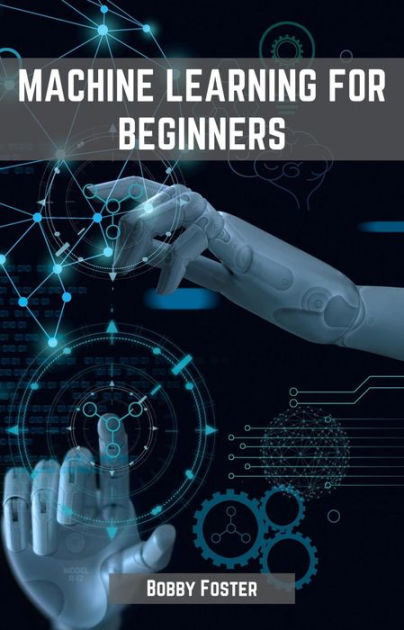

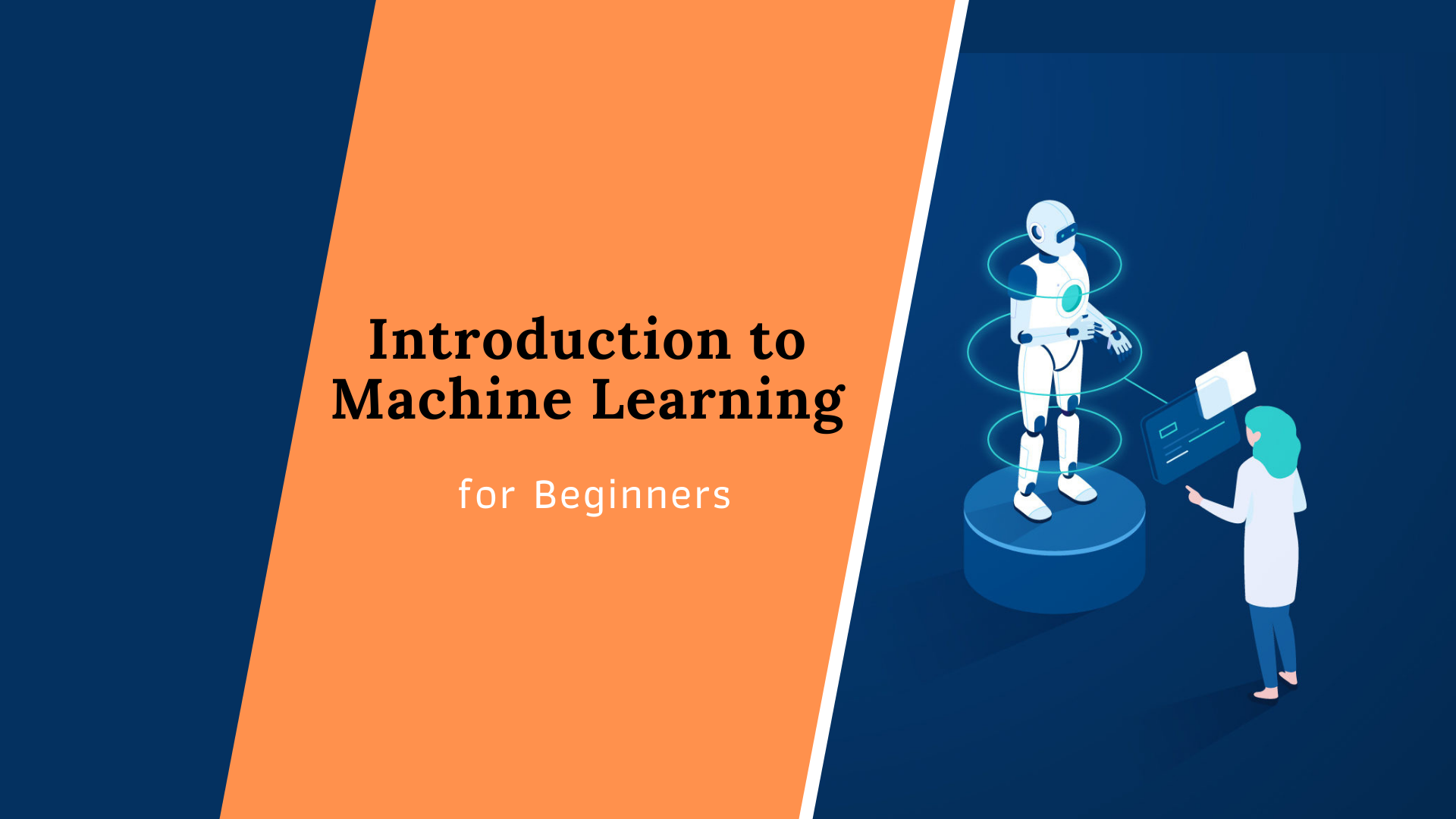




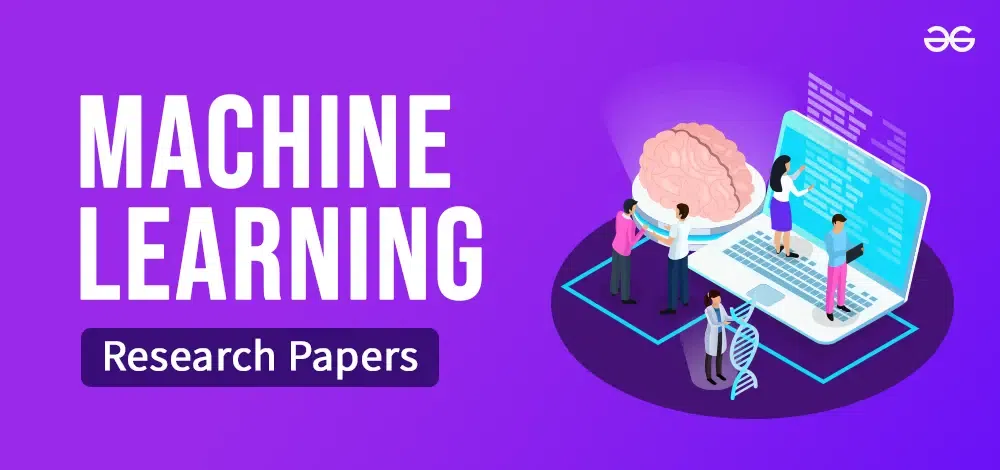

![Machine Learning Papers For Beginners 21 Machine Learning Projects [Beginner to Advanced Guide]](https://www.springboard.com/blog/wp-content/uploads/2019/02/Untitled-design-3-scaled.jpg)
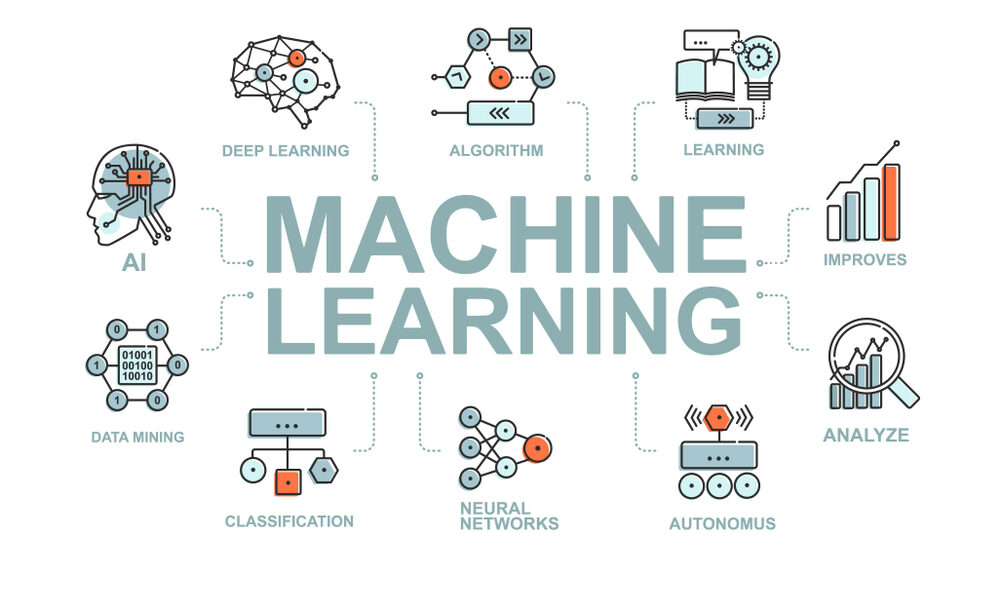

/images/1.1.419/courses/thumbnails/machine-learning-for-beginners.webp)


